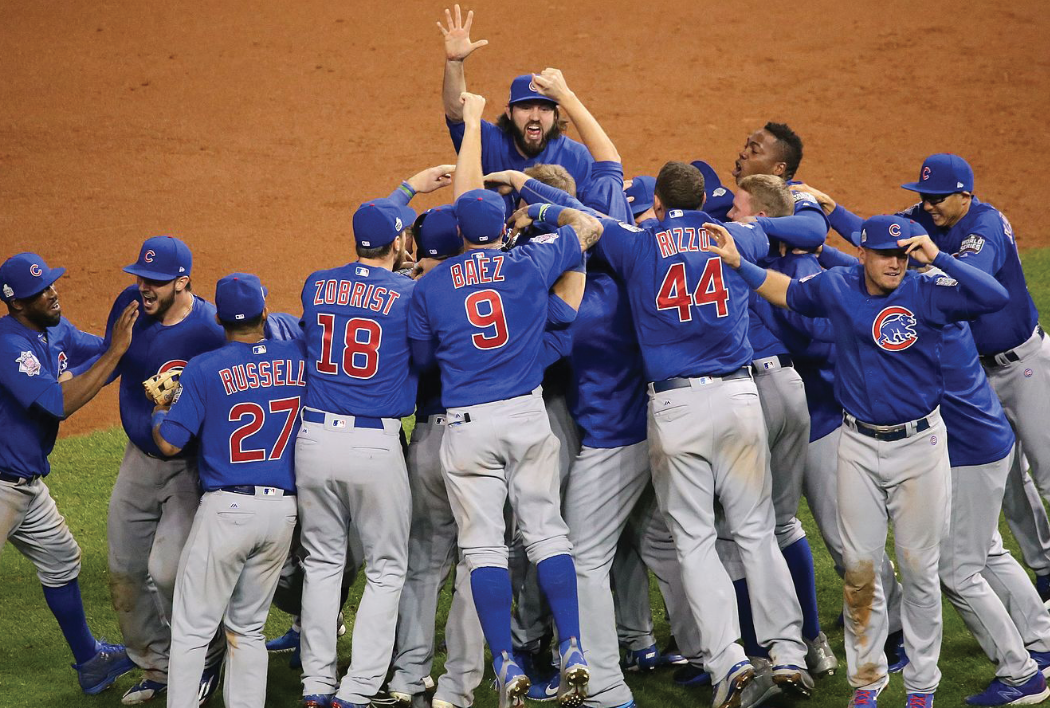
Cole Tamarri
Managing Editor
Four out of the five World Series games have seen a steady decline in ratings, following the pattern of the past five years, according to Nielsen.
The only exception to this was the 2016 Fall Classic between the Chicago Cubs and Cleveland Indians, in which the Cubs had not won a title in 108 years, easily the most compelling story in baseball over the past century.
Except for that matchup three years ago, baseball has slipped to third place behind the National Football League and the National Basketball Association.
There are three major factors as to why. First, MLB does a poor job of marketing its biggest stars.
Mike Trout, Los Angeles Angels outfielder, two-time American League Most Valuable Player rejects the spotlight and if he walked down the streets of New York City, he could do so in peace.
Players like Juan Soto from the Washington Nationals, or Pete Alonso from the New York Mets, who just set the rookie record for home runs should be marketed with the fervor that the NBA markets their up and coming players.
Instead, baseball is content with tradition, a slow pace of play, and continues to perpetuate “unwritten rules” and a “code” that penalizes individual celebration when a player succeeds in an in-game situation.
This leads to the second issue with baseball: the game is stale. This does not mean that the rules committee at MLB’s Park Avenue offices in New York City needs to completely rewrite the game. It does mean like the league’s Twitter account says: “Let The Kids Play.”
Chicago White Sox shortstop Tim Anderson made waves last season with his defiance against the stodgy ways of baseball’s unwritten rules. In the Sox’s first game against the American League Central rival Kansas City Royals, Anderson stood and admired a home run from the plate. In his next at-bat, he was nearly intentionally beaned with a ball to the shoulder had he not ducked.
Undeterred, Anderson came out in the following days and defended what he did in the game, saying that it’s fair both ways. He said that if he hit a home run, he should be allowed to watch it and if a pitcher struck him out, he should be able to celebrate as well.
Speaking of Tim Anderson, another key issue is the lack of African-American players in the game. On 2019’s Opening Day roster, Anderson and other black players made up only 7.7 percent of the league’s rosters.
To put this in perspective, in 1956, Jackie Robinson’s last season in the majors, black players made up 6.7 percent of rostered players.
This lack of black players leads to a lack of interest by black youth picking up the game, turned off by the elitism of unwritten rules, boring pace of play, and lack of role models that look like them in the game.
All of these factors listed above lead to a game in turmoil despite record local television contracts and a great mobile application for fans. The demographic for baseball is continuing to trend older every year. The question is will baseball adapt before it goes the way of the dinosaur and the dodo bird?
Email Cole at:
ctamarri@live.esu.edu

